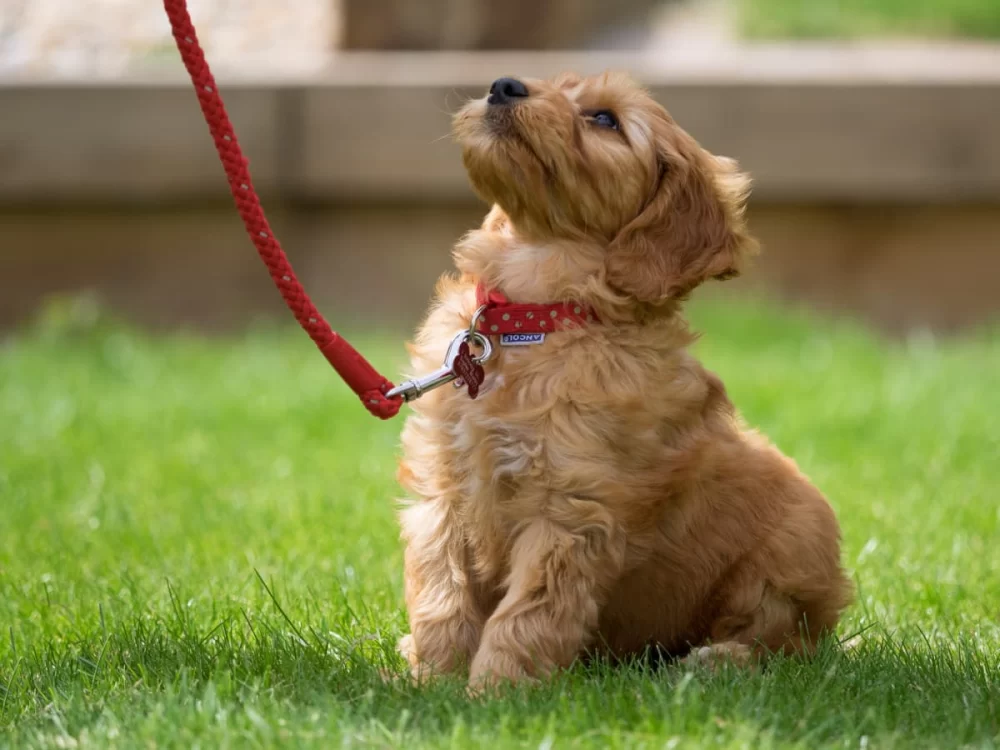Best Ways to Train Your Dog to Walk on a Leash
When I first got my dog, Bella, I was so excited to take her on walks. But there was just one problem—she was all over the place, pulling at the leash like a racehorse out of the gate. I soon realized that leash training was an essential skill that needed to be mastered if we were going to enjoy peaceful, enjoyable walks together. Whether you’re a new dog owner or you’re dealing with a dog that has never quite figured out how to walk properly on a leash, this guide will help you teach your dog the art of leash walking.
1. Start Early, Start Right
Leash training should begin as early as possible. If you’re dealing with a puppy, this process will be much easier because they’re more adaptable and eager to learn. But even adult dogs can be trained to walk properly on a leash, though it may take a bit more patience. The key is consistency and positive reinforcement.
The first thing I did was introduce Bella to her leash and collar gradually. At first, I let her wear the collar around the house to get used to the feeling. Then, I attached the leash and let her drag it around. This helped her become familiar with the sensation of the leash without feeling too restricted.
2. Use Positive Reinforcement
One of the most important aspects of leash training is positive reinforcement. Every time Bella made a small effort to walk beside me rather than pull, I made sure to reward her with praise, treats, and affection. This encouraged her to repeat the behavior. When she pulled on the leash, I didn’t yank it or scold her. Instead, I stopped walking entirely. I found that when Bella realized she wasn’t going anywhere unless she walked calmly beside me, she was much more inclined to behave.
3. Keep the Walks Short and Sweet
When I first started leash training Bella, our walks were short—just around the block. I didn’t want to overwhelm her, and I also didn’t want her to become frustrated by long walks where she was constantly pulling. Keeping the walk short allows you to focus on training, and it prevents your dog from getting too tired or distracted.
As Bella started to improve, I gradually lengthened our walks. The key was to make sure that she stayed focused on me and our training during these outings. I learned quickly that if I allowed her to wander too much or explore things that caught her interest, she would start to pull again. By keeping her engaged and maintaining control, our walks were much more enjoyable.
4. Choose the Right Leash and Collar
When it comes to leash training, the equipment you use matters. I initially made the mistake of using a standard collar and a regular leash. But I soon found that a harness was a much better option, especially for dogs that tend to pull. A harness distributes the pressure evenly across your dog’s chest and back, making it more comfortable and preventing choking or injury.
There are also specialized training leashes, such as those that feature a double handle for better control or those with a reflective strip for nighttime walks. I recommend experimenting with different options to see which one works best for you and your dog.
5. Teach Your Dog to “Heel”
One of the most essential skills for a well-mannered leash-walking dog is learning to “heel.” This means your dog walks right by your side, with the leash loose. In the beginning, I practiced this with Bella by rewarding her every time she stayed by my side for a few steps. I would say the word “heel” as a cue, and as soon as she walked calmly beside me, I gave her a treat.
Consistency is key. I repeated this during every walk, reinforcing the behavior with treats and praise. Over time, Bella learned to associate the word “heel” with walking calmly beside me, and it became an automatic response.
6. Deal with Distractions
As we all know, walking your dog means encountering distractions—other dogs, squirrels, cars, and interesting smells. These distractions can make leash walking challenging, especially for an excitable dog like Bella. But instead of allowing her to get overly distracted, I made it a point to regain her focus quickly. I used treats, a firm “no,” and the “heel” command to get her back on track whenever she became fixated on something else.
Eventually, Bella learned that pulling or straying off the path wouldn’t lead to anything rewarding. Now, she stays focused and calm during walks, even when there are other dogs around.
7. Use the “Stop and Go” Method
If your dog is particularly stubborn and continues to pull, try the “stop and go” method. I used this technique when Bella would pull ahead. Every time she pulled, I stopped walking and stood still. Once she calmed down and the leash was slack, I started walking again. At first, it took several stops to get her to understand that pulling wouldn’t get her anywhere. But after a few sessions, Bella started walking calmly beside me, knowing that pulling was futile.
8. Keep the Training Fun
One of the most important aspects of training is keeping it fun and engaging for your dog. If you make walks boring or stressful, your dog may start to associate leash training with something unpleasant. That’s why I always tried to incorporate playtime into our walks. After a successful training session, I would give Bella a chance to run around off-leash (in a safe, fenced area) or practice some of her favorite tricks. This kept her motivated and made her excited for our walks.
Leash training isn’t an overnight process, but with patience and persistence, it’s one of the most rewarding skills you can teach your dog. Whether you’re walking in your neighborhood or exploring new trails, the bond you share with your dog will grow stronger as you both learn to walk together calmly and confidently.












